Apps breathe life into our smartphones. As smartphones serve as an integral tool in our daily lives, apps have also become a part of it. On average, a normal smartphone user opens at least 10 apps per day but has almost 80 apps installed on his/her phone. Statista projected $935 billion in app revenue just in 2023. Businesses and organisations all around the world recognise the potential for launching a mobile application and want to have a part of that revenue. But before you jump into the app development process, you need to carefully assess the challenges you’ll have to face. Let us discuss the most crucial challenges you can face based on our experience and how to solve them meticulously.
Checklist
What Are the Most Common Challenges in Mobile App Development?
During the mobile app development phase, you can face a wide range of challenges and problems. This can differ based on your market niche, app type, client’s requirements etc. Each distinct challenge requires a tailored solution. However, understanding the most common problems will give you a comprehensive understanding and help you to solve the problems at hand more effortlessly.
01. Understanding Project Scope
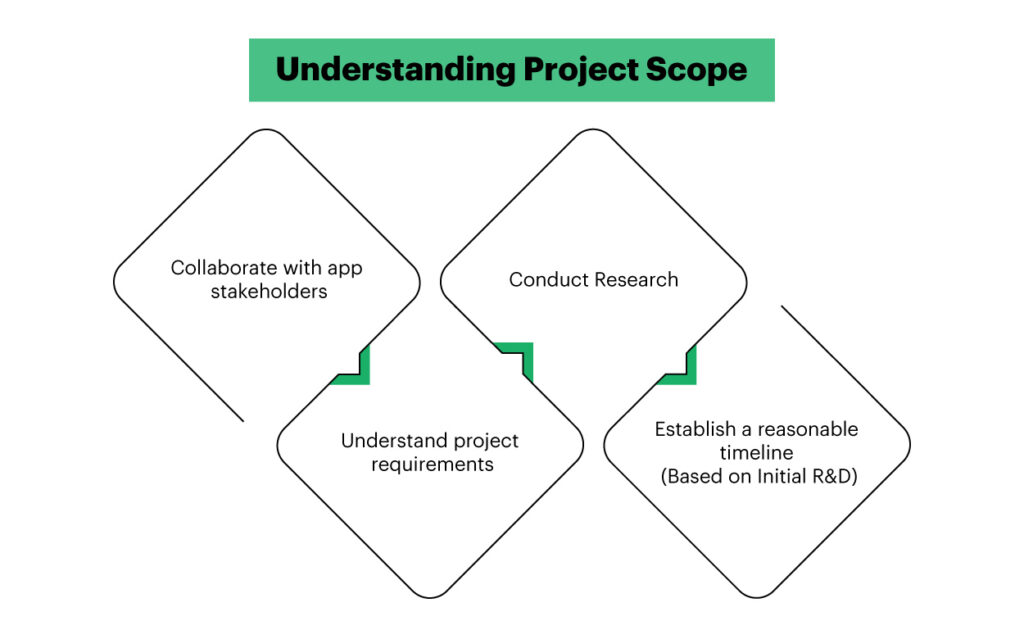
Defining project scope and fighting scope creep is essential for any project. Mobile app development is not an exception. Determining project scope includes developing clear project objectives in the form of app specifications, features, functionalities, and timelines. A definite project scope can help developers to develop the initial plan & design accurately. It also enables the developers to stick to the schedule and stay within budget. There are a few crucial steps to correctly determine the project scope.
- Collaborate with app stakeholders. This can include the client, the user or any other relevant third party.
- Understand project requirements. Most of the clients will not understand your technical jargon. They will simply tell what they want. How to achieve that is totally up to you.
- Conduct Research. Besides client requirements, the developers need to conduct their own research to determine which approach will satisfy the requirements.
- Establish a reasonable timeline: Establishing a reasonable timeline is particularly crucial as the deadline and the work pressure depends on the timeline.
02. Dealing with Scarce Resources
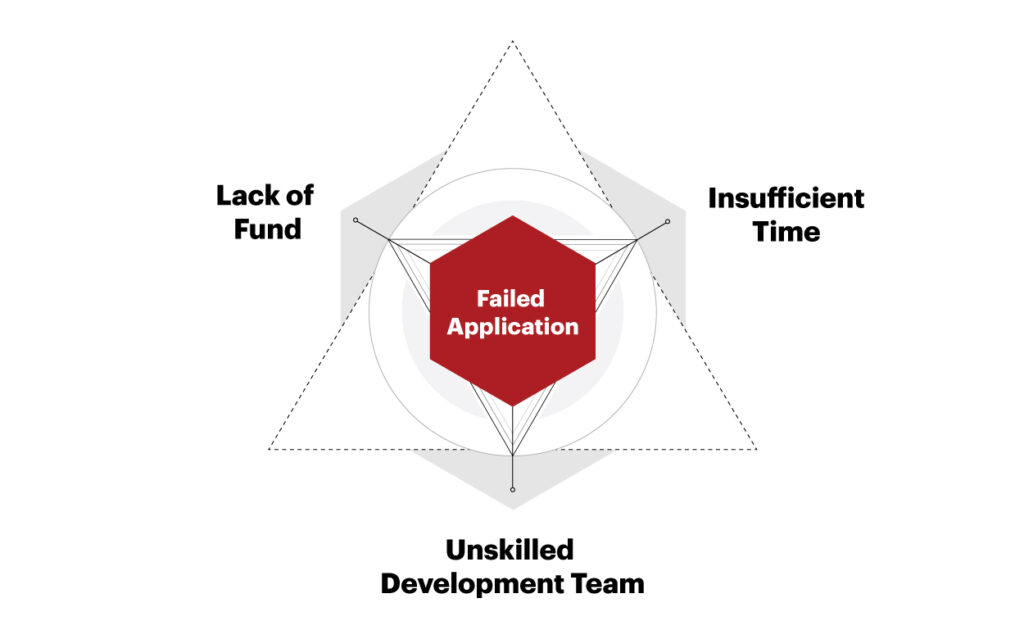
App developers often face many difficulties in getting the resources for app development. It’s rare when the project scope perfectly matches the required resources. Three key resources are vital to any app development process.
- Fund: The fund is the first determiner of the whole app development process. If enough funds are gathered, many things can be done, even within a short time.
- Time: Although funds can compensate for time to an extent, time is still one of the fundamental resources. Giving too little time can lead to a glitchy and untested app creating complications
- Team: Developing a good app is impossible without employing the right team with the right skills.
All of these are fixed based on the project scope. Especially, employing the right developer with the right skills is very crucial for the project’s success. Amounts of funds gathered and allocated time also dictate the app development approach. An app development approach refers to the methodology, tools, frameworks, and strategies used for developing an app.
03. Choosing an App Development Approach

Choosing an app development approach is highly correlated with the project scope. In general, app requirements, target audience, budget, timeline, and skills required all of these factors in the selection of development approach. Selecting the right approach is crucial as the whole app development process revolves around it.
But before we discuss how you should select an approach, let us understand the major approaches based on some key factors.
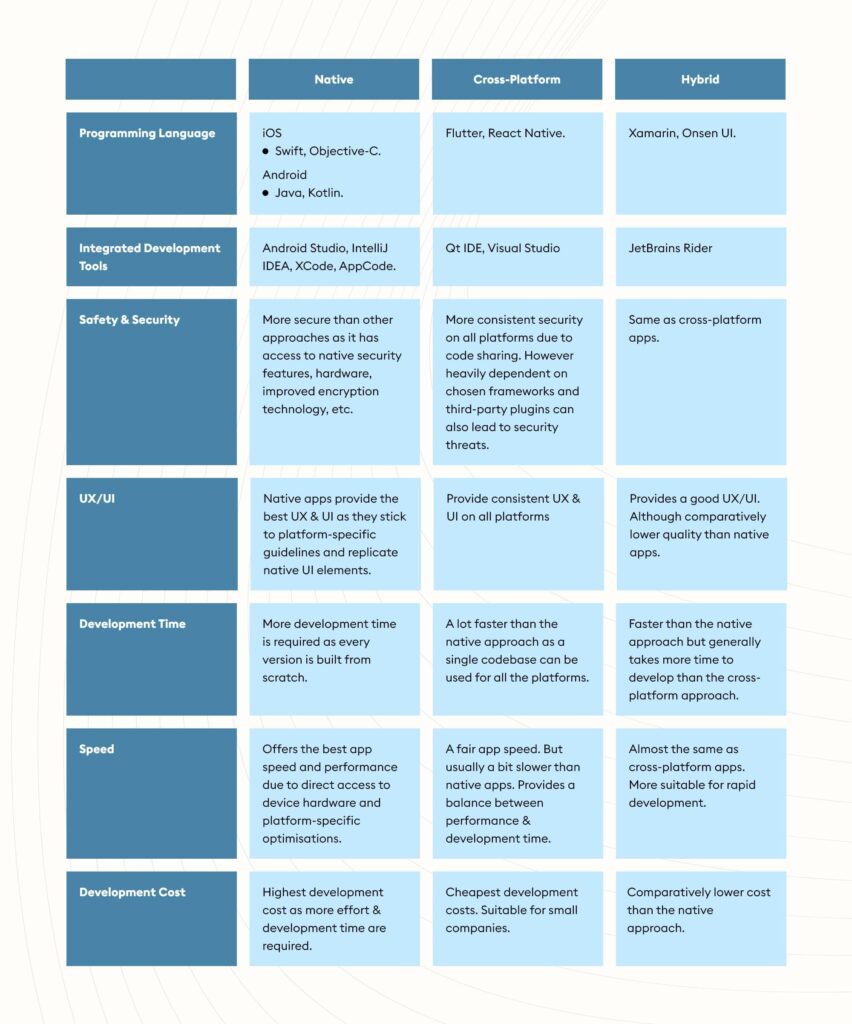
Which App Development Approach Is Right for You?
If you have skimmed through the table, you should already have a good idea about these development approaches. Therefore, choose the development approach that suits your purpose the most. For example, if you are trying to develop an app for a specific market niche in a specific platform which requires native UX/UI, best performance, utmost security, and faster updates, go for the native approach.
However, if you do not have the time or money to build the same app from scratch for each platform, it’s fairly logical to use the cross-platform approach. Balancing between cost, time and complexity can be a bit tricky. But the cross-platform approach is there to do it.
Another option can be a hybrid approach where the core of the app is developed using HTML, CSS & Javascript, and then it is embedded into a native app using plugins. Simply put, they are a combination of web technologies and native app technologies. If you do not have the resources to develop native apps and do not have the time to develop cross-platform apps, a hybrid approach can be a good approach to develop an app at a lower cost.
04. Ensuring Compatibility with Wider Range of Devices
Another common challenge is ensuring compatibility with varying devices & screen sizes. Especially, the app should perfectly run on the common device models. However, catering to varying screen sizes can be a challenge for many app developers.
To solve this problem, you should develop and implement a mix of different strategies based on your needs. The most common strategies are:
- Implementing Cross-Platform Approach: This is the first choice for many app developers as using the same code for several platforms greatly saves time & resources.
- Developing Responsive Navigation: One of the most common problems is that the navigation menu does not adapt to different screen sizes. Focus on this issue more to improve user experience.
- Optimise Images & Videos: Don’t forget to optimise the images and videos to adapt to different devices.
- Test on Real Devices: Only testing on real different devices can tell you whether your app is as good as it looks at first glance.
05. Providing a Smooth UX

88% of the users will not get back to your app if they are unsatisfied with the UX. Even most of them won’t bother to complain or give you any feedback. Brands can get seriously hurt due to bad user experience. And as an app developer, it’s up to you to keep them safe.
To ensure a smooth app user experience, follow these techniques to ensure systematic results.
- Conduct User Research: The first step to providing what the users want is to explore their wants. Use feedback forms or surveys to get user’s opinions.
- Minimise Content: Minimal content contributes to faster loading time. Besides, reducing cognitive load & clutter, optimising images, and maximising visibility using colour, fonts & contrast can ensure a good UX.
- Reducing User Inputs: Allowing one-time log-in, voice-control, and detailed search features can reduce the load on users and increase satisfaction.
- Ensure Accessibility: While designing the app, keep in mind the area of the screen where the user can comfortably reach. Besides, putting the most used buttons together at the top of the screen is a popular approach.
06. Security & Privacy Concerns are Serious!
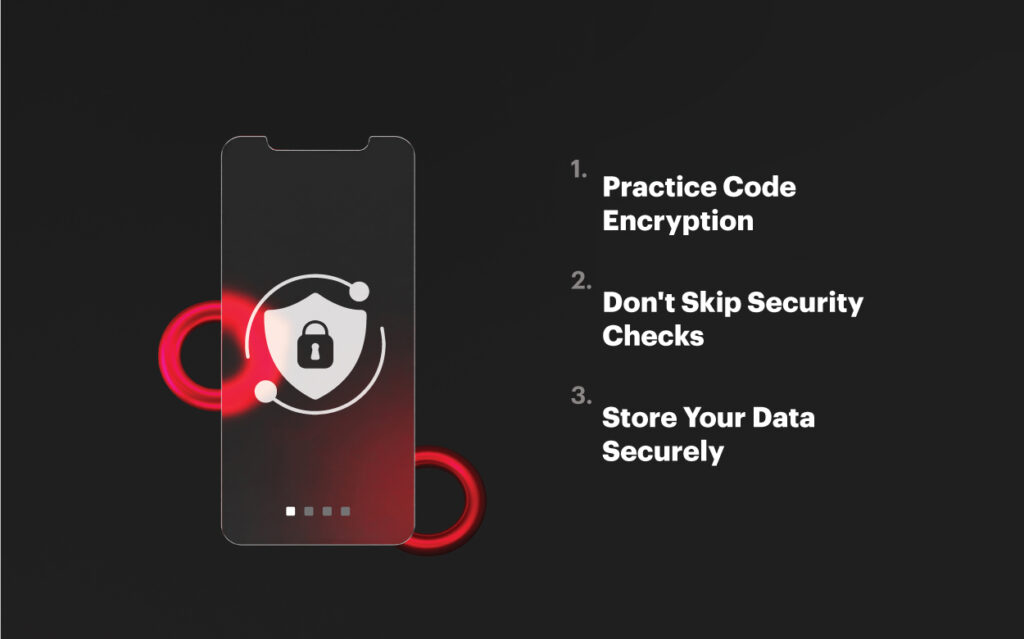
Nowadays, privacy concern is the biggest headache for most users. Even some regions like Europe have established strict privacy laws. A conscious customer will never return to your app once he faces a data breach.
To prevent this deal-breaker, you have to work rigorously. Ensuring proper security involves many steps.
Practice Code Encryption
Encryption refers to the practice of scrambling the code text using a mathematical model in which only the person possessing the key can access the information. Axcryp and Nordlocker can be a good choice for your codes. Besides, minify your codes and design them to be easily updatable.
Don’t Skip Security Check
App developers often prioritise functionality tests so much that they skip the security check altogether. This practice can lead to severe complications down the line. Code audits and access control checks must be done before the app goes live.
Use Secure Storage
The most important part is ensuring secure storage. App data should be encrypted and stored locally instead of on servers. Even transmitting data should be done through SSL or TSL. Breach of personal data will not only drive your users away it can also lead to multiple lawsuits.
07. Too Much Power Consumption Can Leave Your App Stranded
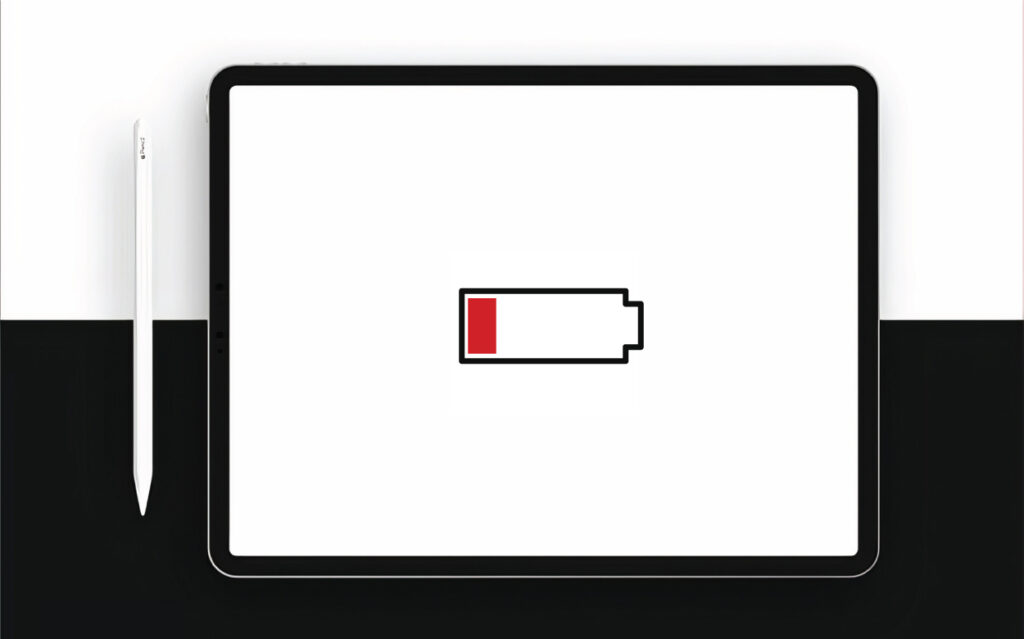
App developers must balance between putting many features and making the app light & simple. Although users love a bunch of features, they are not willing to spend extra battery for those features. That’s why draining too much energy can leave your app stranded with no users.
Solve No-Sleep Defect
The no-sleep defect is the primary battery killer for a phone. Sometimes, a set of bugs causes the app to stay awake until that app is removed from the cache. Look out for this defect as it can instantly drive out your users.
Prevent Resource Leaks
Untested codes can initiate a problem called resource leaks. All the applications use hardware resources to execute functions and run the app. The general practice is to release the resources such as memory space, processor cores, etc. after the job is done. However, the app might not automatically release those resources event after finishing a task. This can label the app as extremely resource-hungry and leave it stranded.
Compile Languages
Sometimes, development languages are not compiled into machine codes. In such instances, the app uses more processing power to interpret the language to machine codes each time the app runs. This practice uses unnecessary resources. So make sure you compile your languages before making the app live.
08. Passing App Store Review
Passing the app store review is the primary step to being accessible to your audience. The two most popular app stores are ‘App Store’ & ‘Google Play’. Both have their specific rules & standards. For example, if you develop an app using an outdated version of Xcodec, your app will fail the review. Researching the guidelines provided by both of these app stores is the only way to pass their reviews.
Summing Things Up
Bypassing these challenges can be very tricky. Nevertheless, these are integral parts of an app development journey. Especially, matching the app development process with the project requirements is the most crucial part. Overcoming other challenges is just as important to ensure a user-friendly successful app.
Frequently Asked Questions (FAQs)
Why is mobile app development difficult?
Mobile app development can be a bit difficult due to the complex learning curves and a series of real-life problems
What is the best framework for mobile apps?
While choosing the best framework should be based on context, Flutter, React Native, Swift-C, Java, Kotlin, and Xamarin can be your top choices.
How to ensure scalable design in app development?
Designing scalable architectures, utilising cloud services for backend infrastructure, implementing caching mechanisms, etc. can make designs more scalable for a wider range of devices.
Why is defining the project scope vital during app development?
Defining the project scope helps set clear goals, features, and timelines. It avoids misunderstandings, ensures smooth execution, and prevents delays.
What challenges arise from budget constraints in app development?
Budget constraints can limit features, quality, and resources. Careful planning and setting priorities help manage costs effectively.
How does poor UX impact the success of a mobile app?
Poor UX leads to user frustration, app abandonment, and bad reviews. Researching user needs and testing designs boost engagement.
Why is compatibility a significant challenge in mobile app development?
Different devices and operating systems create compatibility issues. Testing on multiple platforms ensures app performance and usability.
How can security risks in an app be minimized?
Security risks can expose users to data breaches. Using encryption, secure logins, and regular updates improves data protection.
What leads to performance issues in mobile apps?
Unoptimized code, large files, or server issues slow apps. Code optimization and load testing improve performance and speed.
How can scalability challenges affect mobile apps?
Scalability issues affect apps during user growth. Building flexible infrastructure and monitoring resources ensures smooth scaling.
Why is integrating third-party tools a challenge during app development?
Integration issues may occur due to compatibility or API limits. Testing and choosing trusted APIs ensure smooth integration.
What causes delays during mobile app development?
Poor planning, unclear goals, or miscommunication cause delays. Setting clear tasks, timelines, and regular meetings keeps teams on track.
How do frequent updates improve mobile app stability?
Updates fix bugs, add new features, and improve security. Keeping an app updated ensures better user experience and reliability.

